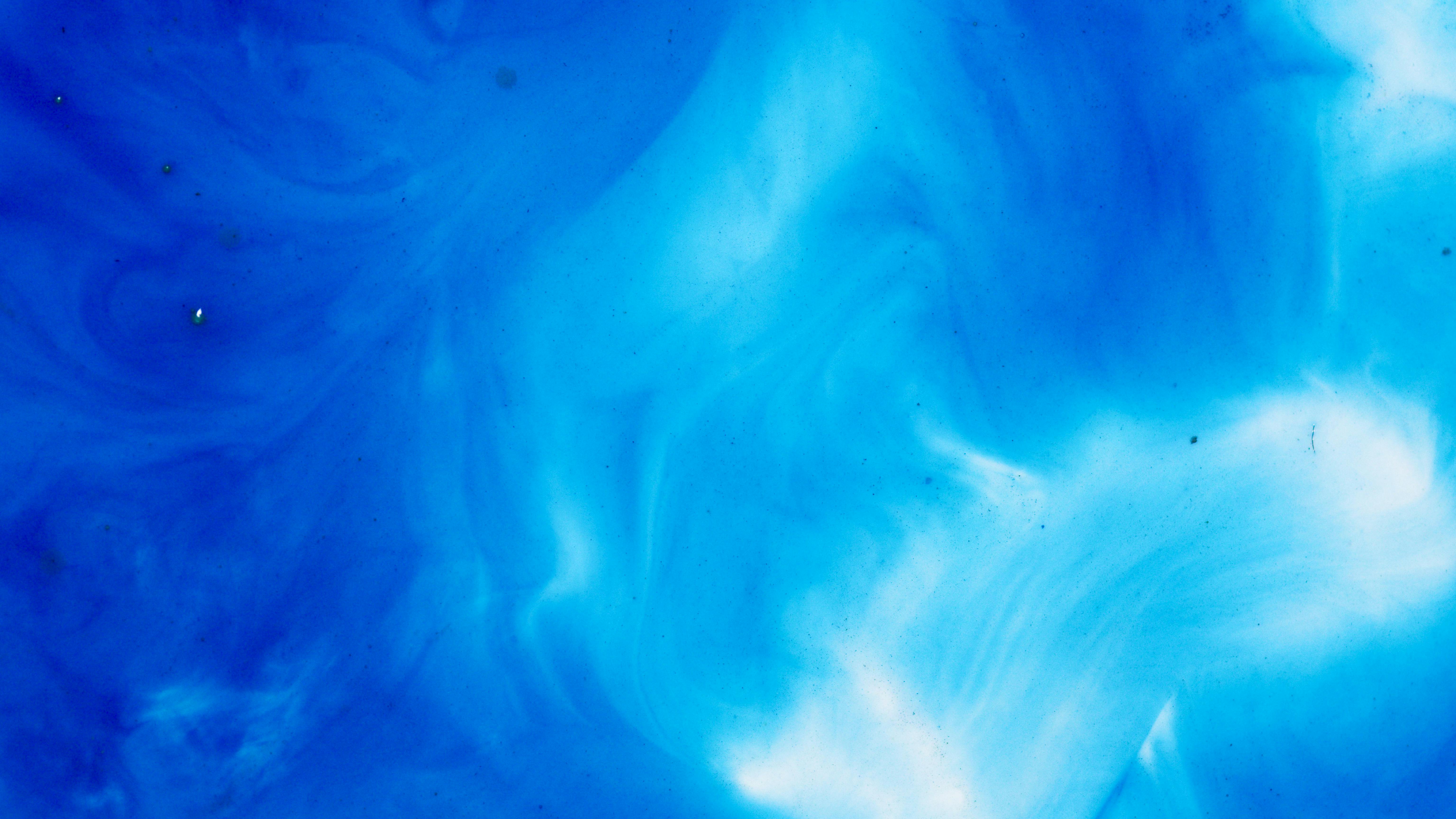
Apply Now


Effective Ways to Enjoy "The Dead Rabbit" Experience in 2025
Exploring the Enchantment of Rabbit Mythology
The allure of rabbits in mythology and folklore captures the imagination of people worldwide. From the trickster figures in ancient fables to their roles as symbols of fertility and transformation, rabbits embody a range of cultural beliefs and significant themes. The "Dead Rabbit" experience invites enthusiasts to delve deeper into these mystic creatures, unraveling engaging tales and the symbolism surrounding them. The intersection of death and folklore provides profound insight into human beliefs about the afterlife and metaphysical concepts associated with rabbits. Within this enchanting realm, the stories of rabbits as spiritual beings offer a unique perspective on mortality. For example, in many cultures, rabbits act as messengers to the dead or symbolize rebirth through their connection with the moon. By exploring these themes, enthusiasts can gain a richer understanding of how rabbits reflect contemporary supernatural beliefs and ancient cultures, revitalizing the age-old tradition of storytelling. To fully appreciate the experience in 2025, participants should immerse themselves in the various aspects of rabbit folklore. Learning about rabbit symbolism in art and literature can significantly enhance one's connection to these mystical creatures. By weaving in folklore studies, visitors to "The Dead Rabbit" can elevate their experience, engaging with cultural narratives that have survived generations.Diving into the Mysticism of Rabbit Folklore
Rabbit folklore encompasses myriad tales, each reflecting distinct cultural contexts and beliefs. Many myths highlight rabbits as embodiments of transition, often linked to transformations associated with life, death, and rebirth. For example, in various rabbit tales, the act of dying takes on a theatrical dimension, showcasing the duality of existence. The exploration of death in folklore reveals common motifs such as quests for understanding the afterlife, making the Dead Rabbit a thrilling subject of discussion. Participants can examine exceptional stories that span regions and traditions, gaining insight into regional rabbit myths. The tales, with their supernatural themes, often depict rabbits navigating enchanted landscapes or encountering spirits of the dead, acting as guides through ceremonial rituals. Engaging with rabbit representations in folklore can provide clarity on the psychological elements attaching themselves to the overarching theme of death and the mysteries of the afterlife. By concentrating on rabbit transformation themes, individuals can establish meaningful connections between ancient lore and contemporary practices. This multifaceted approach enhances the experience at "The Dead Rabbit," allowing creation and appreciation of folklore diversity that characterizes these beloved creatures.Understanding Cultural Significance through Rabbit Symbols
Cultural beliefs surrounding rabbits often encompass rich layers of symbolism that resonate differently across geographical boundaries. Commonly associated with life cycles, their dual role as both prey and mystical beings lends rabbits a unique positioning in animal mythology. Death myths surrounding rabbits, such as their appearances in urban legends and cultural narratives, reveal how societies have integrated these creatures into folklore with varied interpretations. For instance, the imagery of rabbits in art can be traced back to ancient civilizations, illustrating the strong influence of rabbit symbolism on cultural identity. This relationship between rabbits and death provides a compelling lens through which visitors can appreciate the rabbits’ role as transitional figures that transport the narratives of life and death throughout storytelling histories. In harnessing the power of the rabbit spirit, "The Dead Rabbit" experience can foster connections between participants and these mythical creatures. Engaging dialogues about death representation in folklore and rabbit symbolism across various cultural contexts serve as pathways for both reflection and inspiration. By weaving together the tapestry of rabbit folklore and its significance, guests can deepen their understanding of the enchanting nature of these beloved beings.Elevating the Experience with Folklore Analysis
An essential part of enjoying "The Dead Rabbit" entails engaging with folklore analysis. By utilizing structured narrative frameworks, participants can dissect the thematic and symbolic elements that define many rabbit stories. This analytical lens helps uncover layers of meaning embedded within tales of mystical rabbits and highlights how they resonate with audiences across generations. The experience can be enriched by discussing how narrative techniques shape folklore, transforming tales into vivid symbols that resonate with human emotions and shared experiences. Taking a closer look at the character development of rabbits in narratives can also unveil distinctive archetypes and motifs that have emerged in storytelling throughout history. Moreover, incorporating storytelling insights relevant to rabbit beliefs can stimulate innovative perspectives among participants. By examining the connections between rabbit mythology and contemporary cultural beliefs, guests can uncover how these timeless tales continue to shape our understanding of life, death, and the supernatural.Engaging with Urban Legends of Rabbits
Urban legends involving rabbits often combine local folklore with modern interpretations, creating an alluring mixture of the familiar and the extraordinary. These stories frequently depict rabbits as supernatural creatures or omens that challenge the understanding of mortality or territory. Engaging with urban legends can offer guests special insights into how contemporary societies interpret traditional myths, allowing for stimulating discussions during the experience. Each legend highlights specific traits, such as the rabbit's cunning nature or its role as a harbinger of change. By examining these themes within the workshop context of "The Dead Rabbit," participants can draw parallels between modern folklore and the enduring nature of rabbit symbolism in various cultures. This can further lead to conversations about the impact of narrative forms on cultural beliefs, ultimately fostering a deeper appreciation for the interconnectedness of tradition, myth, and everyday life in the stories shared. Participants at "The Dead Rabbit" can come away with a nuanced appreciation of how folklore shapes cultural understanding and the relevance of rabbit tales in exploring themes of existence, death, and critical transitions.
Conclusion: Embracing the "Dead Rabbit" Experience
In summary, the "Dead Rabbit" experience stands as an unparalleled opportunity to explore the intricate and fascinating connections between rabbits and folklore. By immersing oneself in the rich tapestry of rabit mythology, attendees can deepen their understanding of the supernatural, cultural beliefs, and storytelling motifs. Through engaging with various rabbit folktales, urban legends, and death symbols, participants elevate their experience, nurturing a profound connection to these enchanted beings. The ability to discern the cultural significance of rabbits—beyond their physical forms—ultimately enriches the exploration of the rabbit spirit and providing insight into the universal themes of life and death in folklore narratives. As guests delve into the mystical qualities of rabbits, they not only partake in an enthralling experience but also honor the stories and traditions that have shaped our understanding of existence. Through curiosity and inquiry, the legend of "The Dead Rabbit" continues to evolve, inviting individuals to reflect on the existence of magical creatures and their enduring impact on folklore.